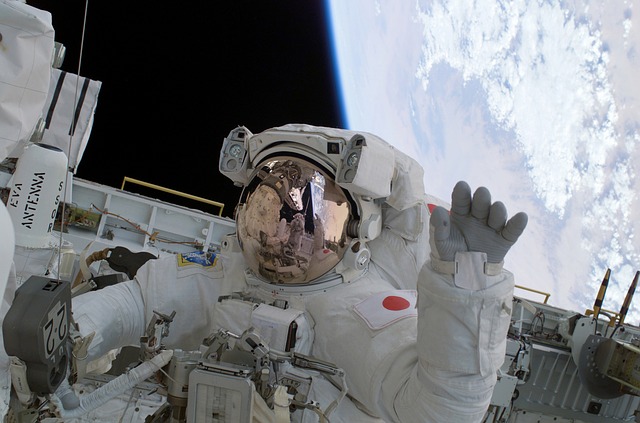The Beauty of Math Patterns: Exploring Mathematical Sequences
Explore the fascinating world of math patterns, from Fibonacci sequences to fractals. Read our blog to learn more.

Just in time for the holidays, here’s some news that kicked long-buried childhood dreams into gear and sent our space-and-math-loving hearts aflutter: starting December 17, 2015, NASA’s accepting job applications for astronauts!
This is the first time NASA’s put out a call for astronaut candidates since 2011—understandably, this bit of news has media worldwide geeking out with excitement. MSNBC, Fortune, CBC, The New York Times, The Daily Mail (UK), The Sydney Morning Herald (Australia), and Radio New Zealand are just a handful of outlets that picked up the story.
As you may have guessed, NASA’s astronaut recruitment standards are pretty selective. Per NASA’s press release, candidates must be U.S. citizens (or hold dual citizenship with the U.S. and another country) with a bachelor’s degree in engineering, biological science, physical science, or mathematics. Other requirements include “three years of related, progressively responsible professional experience, or at least 1,000 hours of pilot-in-command time in jet aircraft.” Additionally, “astronaut candidates must pass the NASA long-duration spaceflight physical.” And that’s just the minimum; learn more about astronaut job requirements here.

If the idea of donning a snazzy space suit and floating around in space isn’t quite exciting enough for you, try this on for size: the press release also states that future astronauts will “carry out deep-space exploration missions that will advance a future human mission to Mars.” Mars.
Think you have what it takes to excel at the ultimate math-related job and drive the next wave of space exploration? Submit your application via usajobs.gov by mid-February 2016. And, if you’ve ever wondered what astronauts do in their (weightless) downtime, we think astronaut Chris Hadfield of the Canadian Space Agency has the right idea (via YouTube):


Mathnasium meets your child where they are and helps them with the customized program they need, for any level of mathematics.
